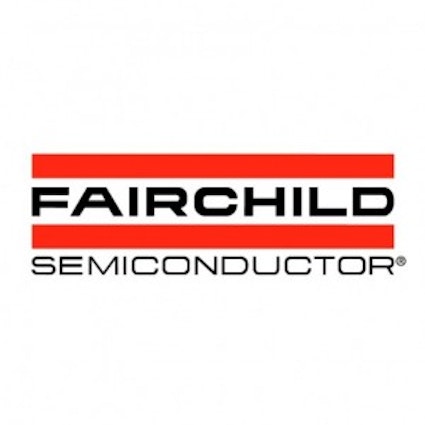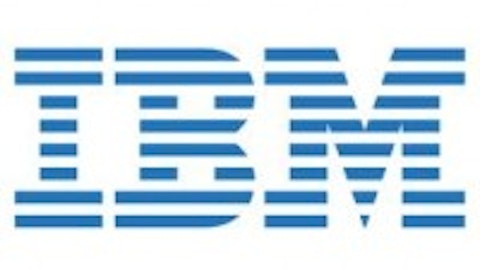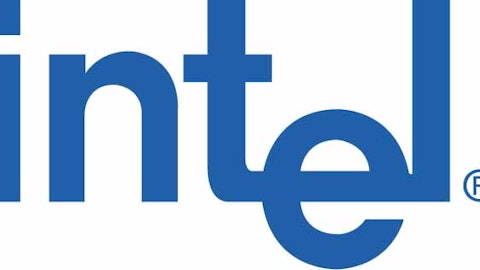
In an epochal paper published in Electronics magazine on April 19, 1965 and simply titled “Cramming more components onto integrated circuits,” Fairchild Semiconductor Intl Inc (NYSE:FCS) director of research Gordon E. Moore wrote (emphasis mine):
The future of integrated electronics is the future of electronics itself. The advantages of integration will bring about a proliferation of electronics, pushing this science into many new areas.
Integrated circuits will lead to such wonders as home computers, or at least terminals connected to a central computer, automatic controls for automobiles, and personal portable communications equipment. The electronic wristwatch needs only a display to be feasible today. …
Reduced cost is one of the big attractions of integrated electronics, and the cost advantage continues to increase as the technology evolves. … There is a minimum cost at any given time in the evolution of the technology. At present, it is reached when 50 components [transistors] are used per circuit. But the minimum is rising rapidly while the entire cost curve is falling. If we look ahead five years, a plot of costs suggests that the minimum cost per component might be expected in circuits with about 1,000 components per circuit. … In 1970, the manufacturing cost per component can be expected to be only a tenth of the present cost.
The complexity for minimum component costs has increased at a rate of roughly a factor of two per year. Certainly over the short term this rate can be expected to continue, if not to increase. Over the longer term, the rate of increase is a bit more uncertain, although there is no reason to believe it will not remain nearly constant for at least 10 years. That means by 1975, the number of components per integrated circuit for minimum cost will be 65,000.
I believe that such a large circuit can be built on a single wafer.
The principles first enumerated here now form the basis of Moore’s Law, the fundamental underpinning of computer hardware progression that projects a doubling of transistors per integrated circuit every two years — often interpreted as a doubling of computing capabilities every two years. Moore’s 1965 paper actually projects a doubling every year, but in a speech given a decade later, Moore revised his projections to the current two-year estimate.At the time, Fairchild Semiconductor Intl Inc (NYSE:FCS) was pioneering low-cost semiconductor manufacturing and was quickly moving toward leadership in a small and turbulent industry. The company had secured a prestige placement in the Apollo Guidance Computer, which would debut the following year — and which was alluded to in Moore’s paper: “Such programs as Apollo, for manned moon flight, have demonstrated the reliability of integrated electronics.” However, it would not maintain its leadership for long, nor would Moore stick with the company he helped create. In 1968, Moore and fellow Fairchild Semiconductor Intl Inc (NYSE:FCS) alumnus Robert Noyce founded Intel Corporation (NASDAQ:INTC), the company now most closely associated with transistors, integrated circuits, and Moore’s Law.
Three years after Intel’s founding, the company unveiled its first true microprocessor, the Intel 4004. This chip had 2,300 transistors and thus kept a rough pace with Moore’s ambitious projections. The company proved adept at upholding Moore’s Law all the way through the ’90s and well beyond, and it became an industry byword for the level of advancement we now take for granted:

Source: Intel.



